Editorials
‘Invasion of the Body Snatchers’ Only Got Better from 1956 to 1978 [Revenge of the Remakes]

We’re zapping into science fiction territory and back into “re-adaptation” conversations this month for Revenge of the Remakes. Don Siegel and Philip Kaufman bring vastly different approaches to their Invasion of the Body Snatchers films, uniformly citing Jack Finney’s 1954 novel “The Body Snatchers” as their source. Kaufman isn’t directly remaking Siegel’s film but acknowledges its existence multiple times; there’s a literary influence behind both features, yet Kaufman can’t ignore what already exists. The same conversation arose in my The Fly analysis, and will assuredly surface again down the road. Invasion of the Body Snatchers can’t help itself from being a remake, and with decades apart, Kaufman evolves the product into a contemporary extraterrestrial nightmare (speaking for the late 1970s).
Everything about Invasion of the Body Snatchers showcases how cinematic advancements benefit remakes like The Blob or House on Haunted Hill, reimaginings of classics from the ’50s and ’60s with newfangled technology. There’s only so much Siegel’s black-and-white doppelgänger thriller can accomplish, whereas Kaufman’s era edged on the golden age of practical horror effects. It’s hard to find the horror in on-screen scenarios created using rubber suits and limited craft capabilities—not to disparage entire periods of Hollywood history, but more to justify why these remakes feel more appropriate. Kaufman harnesses the full intensity of a more elaborate horror genre that ditched pre-70s theatricality, transforming a freaky little ditty about “pod people” into blaring, mouth-agape screams.
The Approach

‘Invasion of the Body Snatchers’ (1956)
Original screenwriter Daniel Mainwaring favors more romantic blushes in 1956’s Invasion of the Body Snatchers. Kevin McCarthy’s Dr. Miles Bennell and Dana Wynter’s Becky Driscoll are selling Roman Holiday meets botanical body-swappers, aligned with the machine-like output of dependably wholesome, wide-appealing ’50s releases (which Quentin Tarantino labels as one of the worst stretches of moviemaking). W. D. Richter takes an alarmingly tense approach to 1978’s Invasion of the Body Snatchers, not without its lovestruck exchanges but far outweighed by neurotic suspense that eats away at our insides. Kaufman isn’t here to calm his audience’s paranoia, staying true to the frightening fantasy found in Finney’s words.
The remake begins where Siegel’s picture ends, switching backdrops from a sleepy rural hideaway like Santa Mira to the big city of San Francisco. Donald Sutherland stars as Health Department employee and baked potato enthusiast Matthew Bennell, unaware of jelly-like parasitic boogers falling from the sky. His colleague Elizabeth Driscoll (Brooke Adams) is the first to point out odd happenings when her animated sports fan of a boyfriend begins acting like an emotionless robot. Elizabeth swears she no longer recognizes her loved one despite his unchanged physical appearance, and she isn’t alone. Renowned psychiatrists like Dr. David Kibner (Leonard Nimoy) try to rationalize away these rampant feelings about body-swapped husbands or wives. Still, it’s not long before a familiar foe presents itself in seedling pods that start growing clones and replacing human civilians.
The titles share storytelling parallels, but Kaufman aims for something grander than podunk isolation and eerie smiles. McCarthy appears as a raving lunatic who slams into Matthew’s car, ranting and raving about something that’s coming—just like his Dr. Bennell in the original. It’s a cheeky nod that suggests the films could exist in the same universe despite timeline differences, presuming McCarthy’s unnamed “Running Man” just came from an already overrun small town outside San Francisco. You still get the same allure of Matthew and Elizabeth’s slow realization about what’s going down—Jeff Goldblum and Veronica Cartwright appear as the Bellicecs in a familiar set of arcs—but within bustling urban environments. Matthew and Elizabeth have a much taller order avoiding population threats in San Francisco, which plays into the on-edge sensation that never settles once the first transformation becomes clear.
Does It Work?
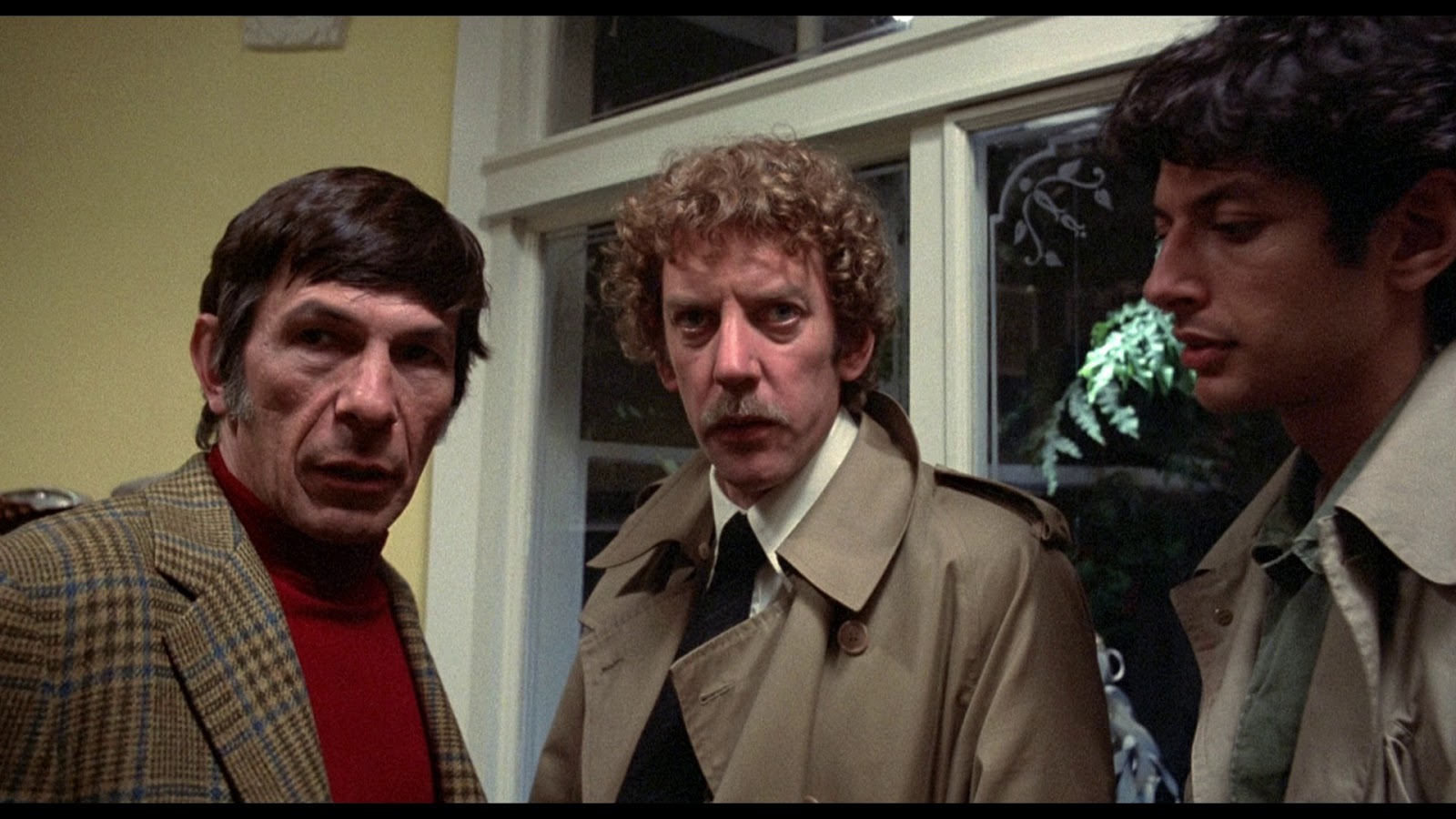
‘Invasion of the Body Snatchers’ (1978)
From the opening credits float through stardust until Sutherland’s farewell screech, Kaufman highlights the advantages of his second Invasion of the Body Snatchers. There’s so much more visual appeal when addressing the parasitic entities from another planet, first shown as gelatinous blobs hurtling through space toward Earth’s unharvested potential. Kaufman can animate transformation sequences with yuckier graphic brutality or nasty-up the unfinished versions of pod fetuses with more details like hairy tendrils. Based solely on retooling special effects, a clear upgrade enhances uncanny attributes and drives home sci-fi irregularities. That’s reason enough to clear anyone’s conscience.
Richter’s screenplay expands upon the dystopian homogenization of a community that’s been turned docile and obedient. The original film toys with Capgras delusions—a real syndrome where people believe someone close has been switched with an imposter—but is missing bigger-picture thoughts. Richter uses Nimoy’s intellectual Dr. Kibner to prattle on about irrational claims about extraterrestrial takeovers, using therapy diagnoses to silence someone like Elizabeth, which becomes a vastly more psychologically sadistic tweak. The remake strives harder to illustrate behavioral changes that reveal someone’s been hijacked and has more to say about singular individuality versus nondescript replicants filling civil duties. The fear of losing one’s self is more palpable and existentially morbid.
The film feels like one giant deviation away from unshakable expectations, which adds ample personality. Jack and Nancy find the half-formed body that spirals events on cue in their mud spa, where Veronica humorously tells a client she won’t turn the music down minutes prior because it calms her beloved plants. Pod people warn others about intruders by emitting a bloodcurdling pitch that strikes a creepier note, far more disturbing than anything in the original. Even Matthew’s wok-cooked meal of random vegetables for Elizabeth adds a dash of quirkiness that’s worth fighting to retain, even in an almost two-hour inflation from the original 80-ish minutes. What’s reused is nailed, and what’s added doesn’t belabor any additional points beyond intrigue, like, “Why Banjo Man Dog?” Who cares, it’s rad!
The Result

‘Invasion of the Body Snatchers’ (1978)
Invasion of the Body Snatchers 2.0 is bigger, better, faster, and stronger. My hesitancy about the duration leading to narrative overkill is proven horribly predetermined. Kaufman follows proper instincts to unleash the straightforward horror potential at the concept’s core, whether through more frantic performances or grosser effects designs. Not to say Siegel ever sells Finney’s tale short—his tones are a product of old-school Hollywood—but Kaufman unleashes the blueprint’s full sci-fi horror potential. It’s the end of humanity as we know it, and Kaufman wants us to feel that inescapable weight pressing down on our chests. Not to mention, the film’s relocation to San Francisco feels like a response to real-world atrocities that took place in Northern California—like the Zodiac killer’s spree—feeding into this horrible idea that existence is better served as a pod person than being subject to life’s unpredictable cruelty.
Credit Siegel’s production in the same way The Blob and The Fly achieve a few memorable special effects by whatever means they could back then. There’s nothing wrong with the bulbous pods and frothy, milky liquid that gushes around blank replicant slates upon their regurgitated births—Kaufman’s special effects workshop just perfects more details. The seedling casings sprout this moist flower on top, and the ghoulish, slimy figures that pop out are far more repulsive. There’s more mucusy ick and gory excess when replications are encountered or eliminated, and it’s cleanly executed (clean but sloppy, you understand). Even the deceptive not-fully-sized pods are a nice touch, camouflaged by natural beauty, highlighting the attention to tiny details that blossom into a more immersive experience.
As for the cast, the remake’s ensemble has more opportunity to express doomsday displeasure because of Richter’s dire themes. Sutherland and Adams aren’t dancing to jukebox tunes in an empty martini bar. However, their romantic chemistry still thrives—not to be scrapped entirely, as their shared dread promotes infinitely more harrowed responses to societal alienation. Goldblum and Cartwright are better Bellicecs, led by Goldblum’s patented eccentrics as a mouthy aspiring writer who immediately flips to red alert when his pod equivalent reveals itself. Then there’s Nimoy, a killer choice for the dangerously persuasive Dr. Kibner, who throws around textbook anecdotes about abnormal social phenomena that deter his friends’ investigations. Even Art Hindle—as Elizabeth’s passionate basketball-loving boyfriend and first victim—finds peculiar ways to shine, which speaks to Kaufman’s ability to draw the best out of his actors.
The Lesson
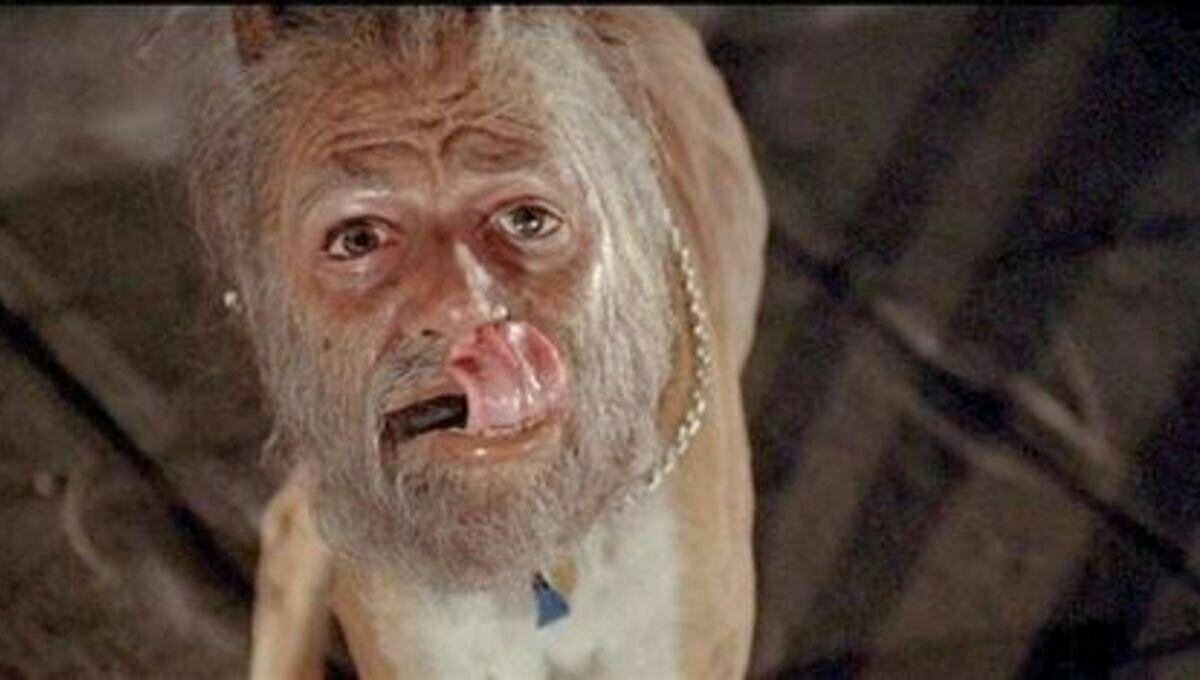
‘Invasion of the Body Snatchers’ (1978)
Invasion of the Body Snatchers hits that hallowed sweet spot as a remake with standalone appeal. Siegel’s acclaimed 1950s original was voted into the National Film Registry for a reason: a film so culturally relevant that it coined the slang “pod people.” Kaufman doesn’t step on any toes when architecting his vision, ballooning the scope and maximizing horror atmospheres for an exceptionally altered breed of interstellar invasion. Neither filmmaker would ignore the other at a party because both films amicably coexist as examples of genre trends in their respective calendar years.
So what did we learn?
● This one’s not rocket science. Twenty-something years make a huge difference in terms of special effects quality.
● Science fiction movies from the ’50s are the best candidates for remake focuses.
● It’s hard for a re-adaptation to avoid also being a remake. Some might argue that Invasion of the Body Snatchers is a “sequel” or “continuation,” but that’s only a portion. It’s a remake that gets creative, even with Kevin McCarthy’s inclusion.
● I rarely like to “justify” a remake before seeing its quality—a movie isn’t bad just because it exists. Still, if there’s any surefire justification, it’s the “X Decades Later Gap” argument.
Invasion of the Body Snatchers is one of those overexposed horror pillars that never felt start-to-finish new to me despite both films being a first-time watch for this column. I’ve seen the Donald Sutherland “Oh No!” face used all over social media as an image, not to mention how Finney’s story is foundational science fiction canon. Entire scenes felt torn from my memories, whether they’ve been included in clip shows or I’ve read about them elsewhere in other journalists’ pieces.
It’s a strange occurrence that happens to me occasionally because while I still have plenty of blind spots, specific movies have entered into pop culture rotations too long ago to avoid. Such are the not-so-worrisome problems of a late-blooming horror fan who dove head-first into the deep end and has been charting his own journey ever since.

Editorials
‘The Strangers: Chapter 1’ – Six Things We Learned from the Blu-ray Commentary

Lionsgate’s The Strangers: Chapter 1 launches a reboot trilogy based on the 2008 home invasion film, all three movies shot simultaneously under the direction of Renny Harlin.
To tide you over until Chapter 2, Chapter 1‘s home video release offers an audio commentary from star Madelaine Petsch and producer Courtney Solomon that hints at what’s to come.
Here are six things I learned from The Strangers: Chapter 1 commentary.
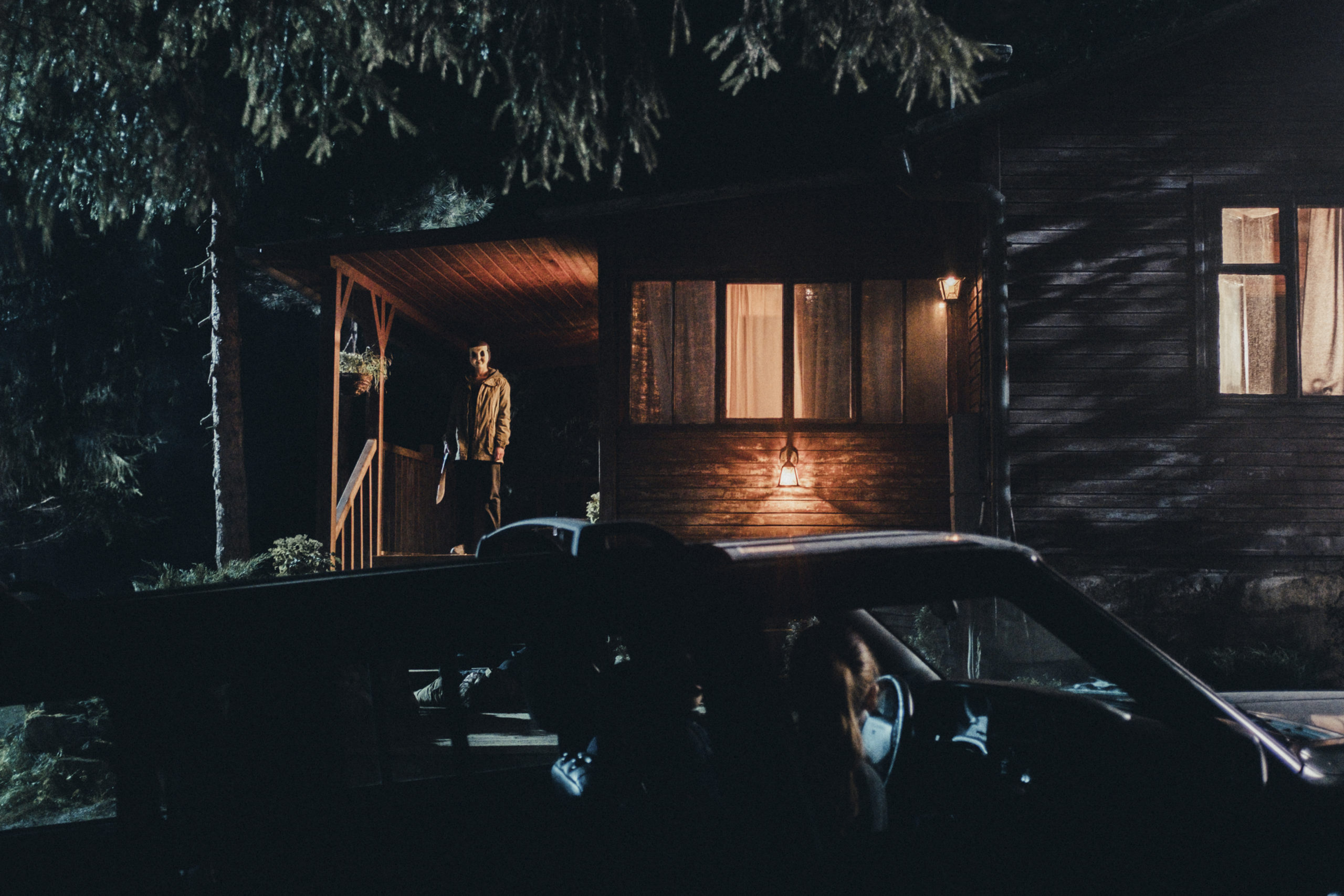
1. The opening music cue was inspired by The Shining.
The film’s opening establishing shot roving over the woods — with Bratislava, Slovakia standing in for the small town of Venus, Oregon — evokes the beginning of Stanley Kubrick’s The Shining, which was also a point of reference for the score.
“When we were scoring this, we looked at The Shining,” says Courtney Solomon, referring to Wendy Carlos’ iconic main title theme. “‘Cause we were looking for how, even though it’s dated, they were in that open, sort of everything environment, musically.”
Justin Caine Burnett (I’ll Always Know What You Did Last Summer, 9-1-1: Lone Star) composed the score.
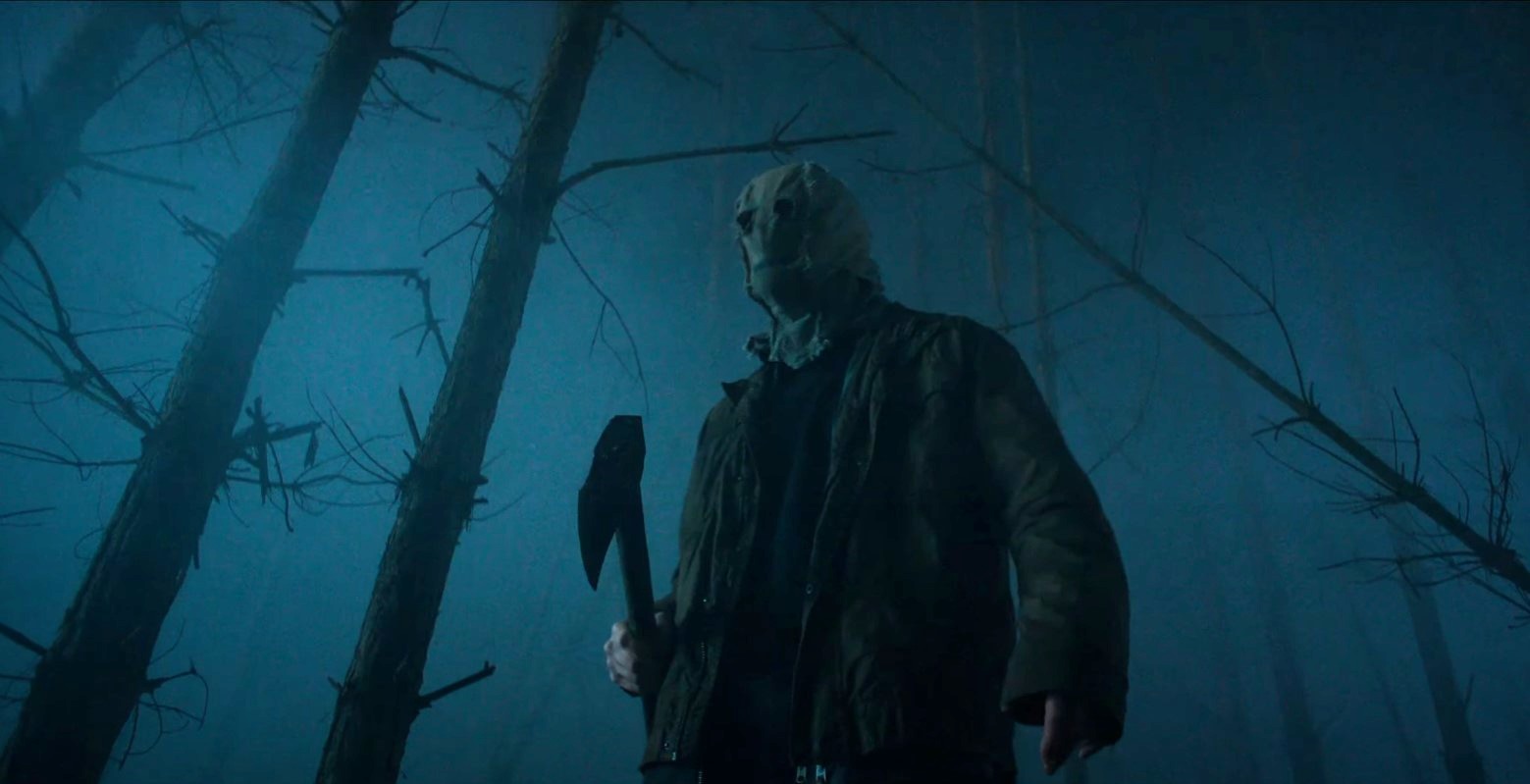
2. The cold open features an important character to the trilogy.
Shot together like one long movie, The Strangers trilogy will take place over a four-day period, with each subsequent entry picking up immediately after its predecessor’s finale.
Chapter 1‘s cold open features actor Ryan Bown — doing his own stunts, as Petsch points out — as a character who will play a bigger role in the coming installments.
“Jeff Morell, we’ll come to find out who this guy is as we go through all three chapters, but we sort of begin here,” Solomon notes.
“He’s a pretty important piece to this puzzle,” teases Petsch. “Some might say the piece.”
They also hint that viewers haven’t seen the last of Rachel Shenton’s Debbie, who Petsch’s Maya talks to on FaceTime, along with many of the townspeople from the diner scene.

3. Petsch was terrified of the project due to her love of the original film.
The shadow of the original Strangers looms large over Chapter 1. Petsch is “such a fan” that she was hesitant about doing a new version:
“I was terrified to touch that property. I think it’s an incredibly perfect horror film. I’ve seen so many horror films, and I feel like it’s one of the only ones that’s truly scared me to my bones, that I still think about all the time. So as we were trying to expound upon that story, with the second and third movies, we had to naturally repel the first story.”
Solomon similarly thinks highly of the original:
“I love the original Strangers. I wasn’t as big a fan of the sequel [2018’s The Strangers: Prey at Night], because it was just another story in a trailer park with the Strangers. I didn’t love that two of the Strangers got killed. That was just me personally; there are people that liked it. I was like, ‘I’d like to do something more interesting.’ In order to do it, to find that balance of retelling what made the first one so great as the basis to be able to launch off and tell the rest of the story.”
Petsch adds, “As we know, at the end of the first one, one of the last shots is Liv [Tyler]’s eyes opening. I’ve always wondered what happens after that.”
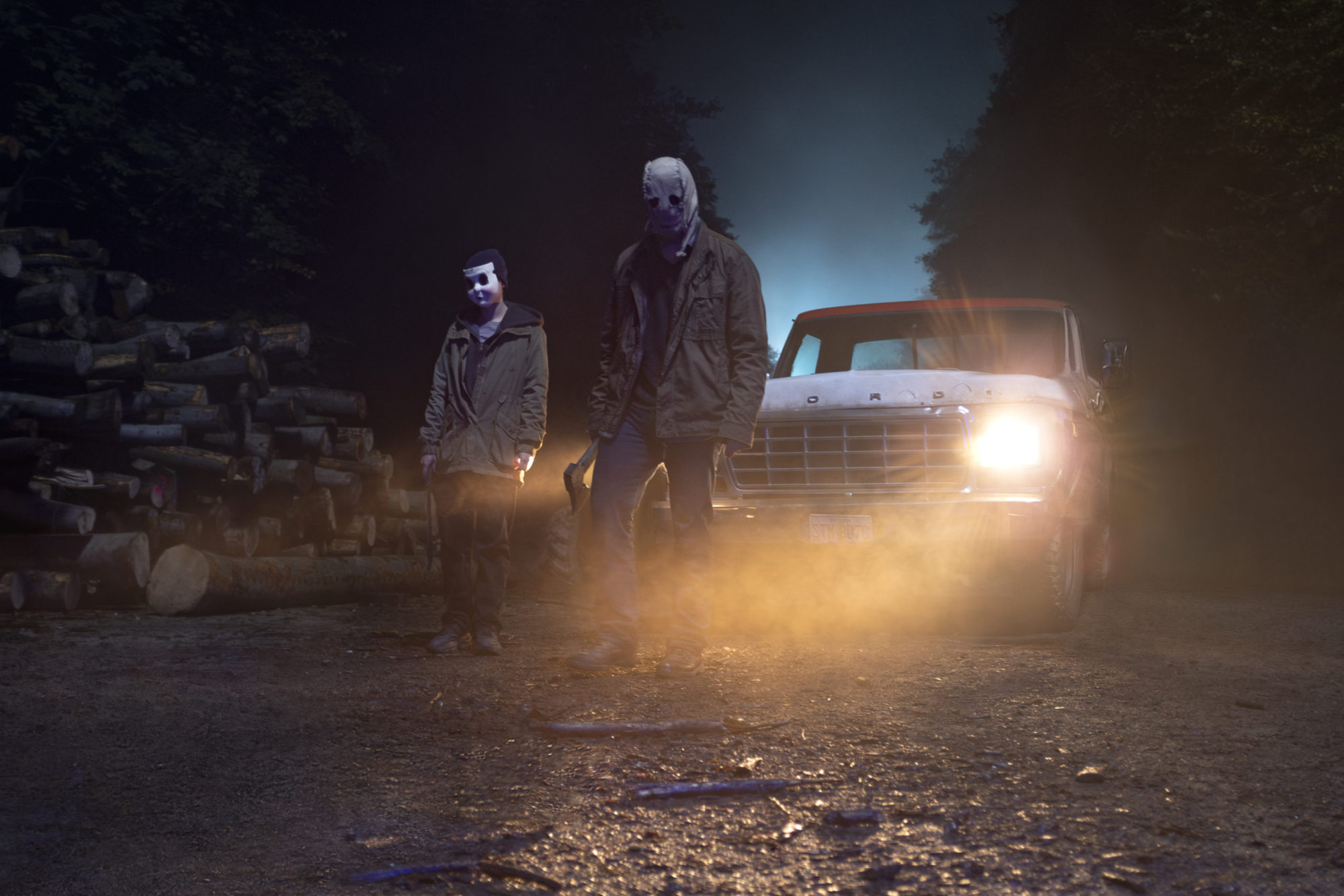
4. The killers’ hair is concealed to hide their identity.
Although the filmmakers opted to keep the look of the titular Strangers true to the original, Dollface and Pin-Up Girl’s hair is now concealed. This was a “purposeful change” to hide their identities, which will presumably be revealed later in the trilogy.
“We had a specific reason for doing it, obviously, because you do end up meeting a bunch of the folk from this small town,” explains Solomon. “You don’t know who’s wearing the mask, so if we had given up the hair that would make that identification a little bit easier.”

5. Petsch conceived the shower scene based on a personal fear.
In addition to starring in all three films, Petsch is an exclusive producer on the trilogy. More than a mere vanity credit, she had creative input throughout the stages of production, including the addition of Chapter 1‘s shower scene.
“This was not in the original script, the shower. Maybe our first week we were talking about what would be the scariest thing for me if I was in a situation like this,” she recalls. “I shared with you that every time I take a shower and I’m at the point where there’s suds of soap in my eyes and I’m shampooing, I’m always sure that’s when the serial killer’s gonna walk in. So we wrote this in, because I think that must be a common experience.”
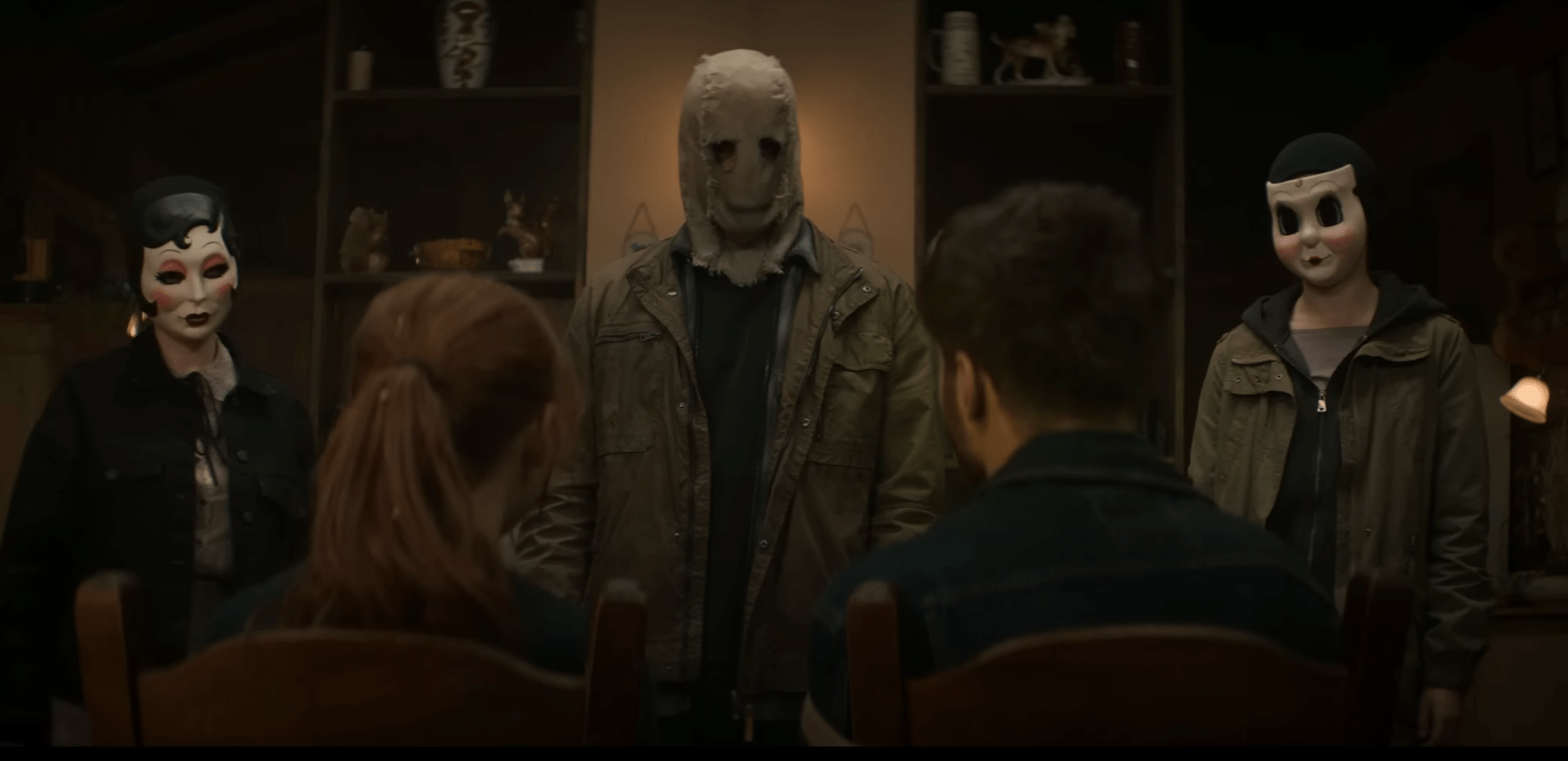
6. Remaking the original film was a conscious decision to kick off the trilogy.
It’s not until the end titles that the pair directly address the thought process behind launching the reboot trilogy with a retread of the original.
“Some people may go and watch this and go, ‘Oh, my god. It was a remake of the original.’ But actually this is just act one of our giant movie! If you watched it as a whole, then you’d be like, ‘Oh, shit. That’s just where it started,” says Solomon. “This is the 90-minute setup of the entire thing.”
Petsch concurs, “Don’t get me wrong. I also feel like the original is so good that it would be crazy to just do a remake of the original, but in order to tell the story that we were trying to tell, you kind of have to go back and do a repurposing of that story with these two new characters.”
“They did the whole first movie, the original, amazing, but that’s the jumping off point. This entire giant movie that’s become three chapters was done with a lot of love,” Solomon concludes.
The Strangers: Chapter 1 is available now on 4K Ultra HD, Blu-ray, DVD, and Digital.
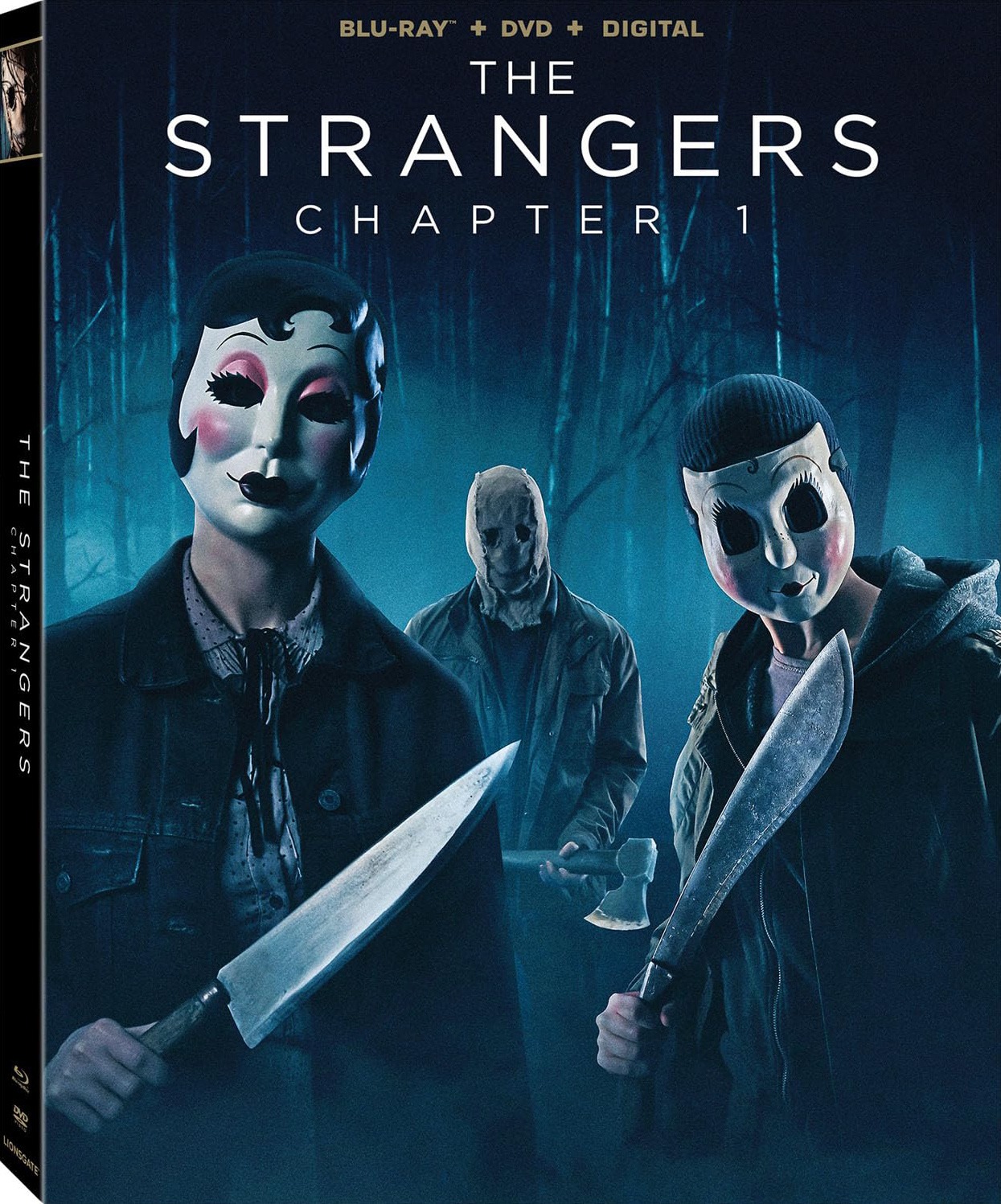
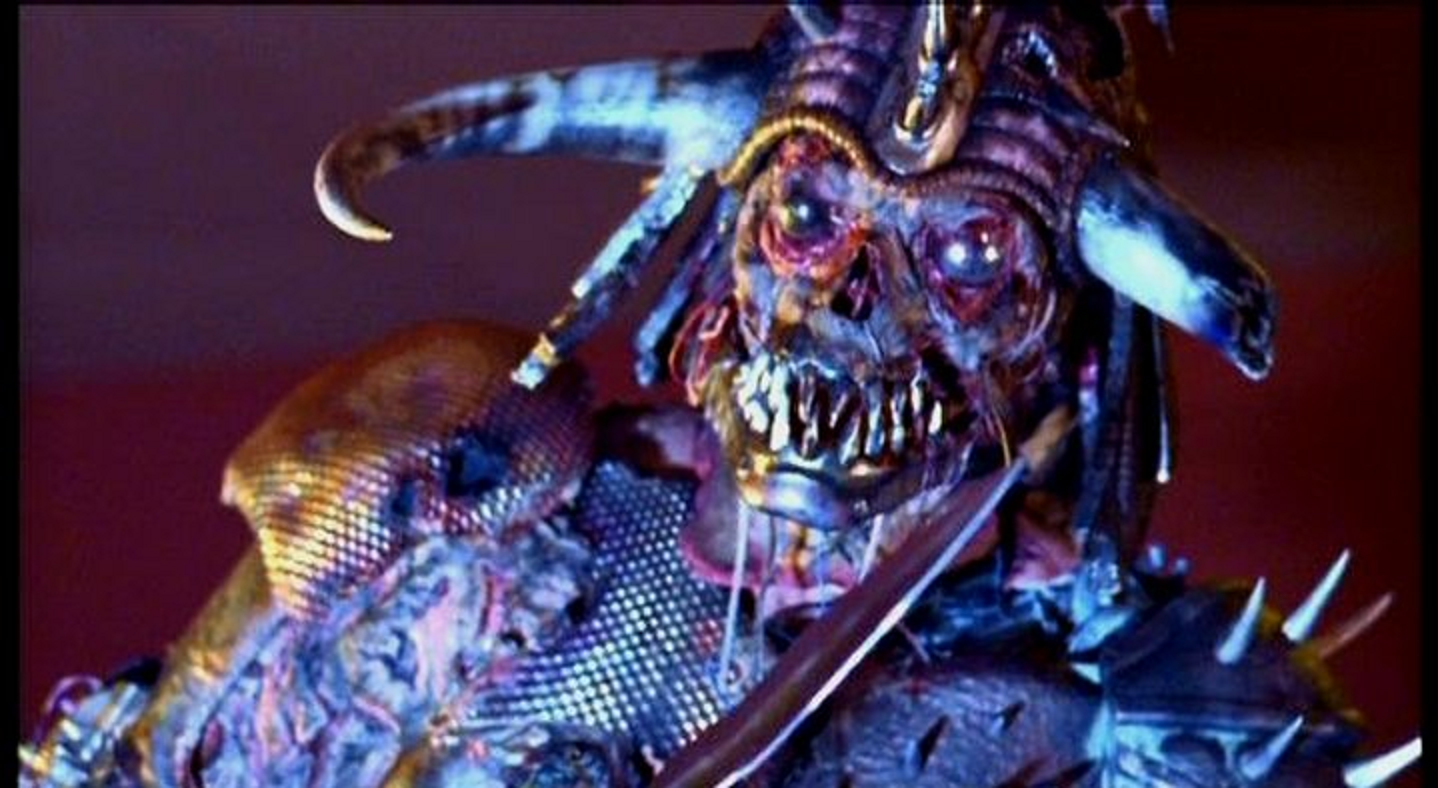



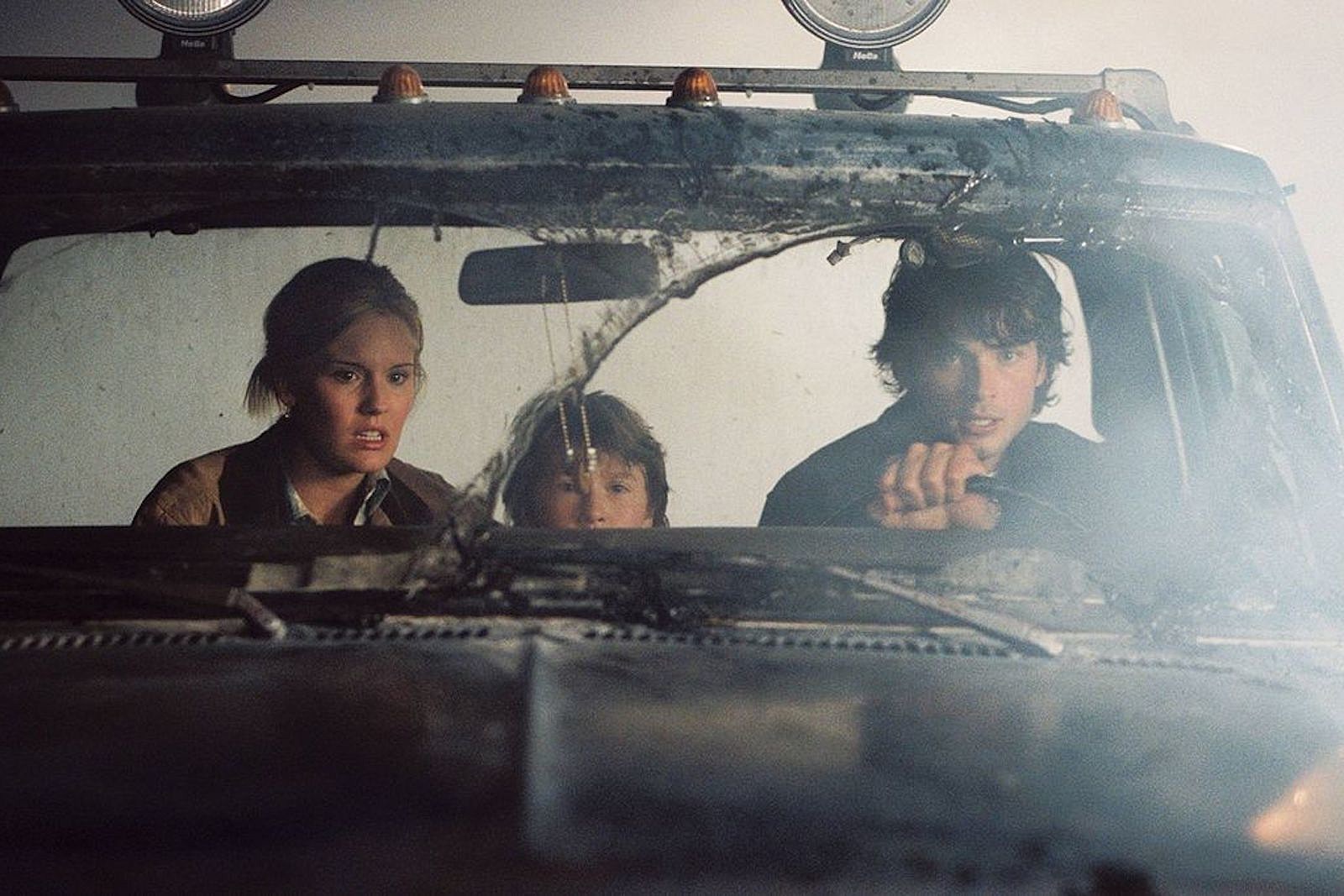



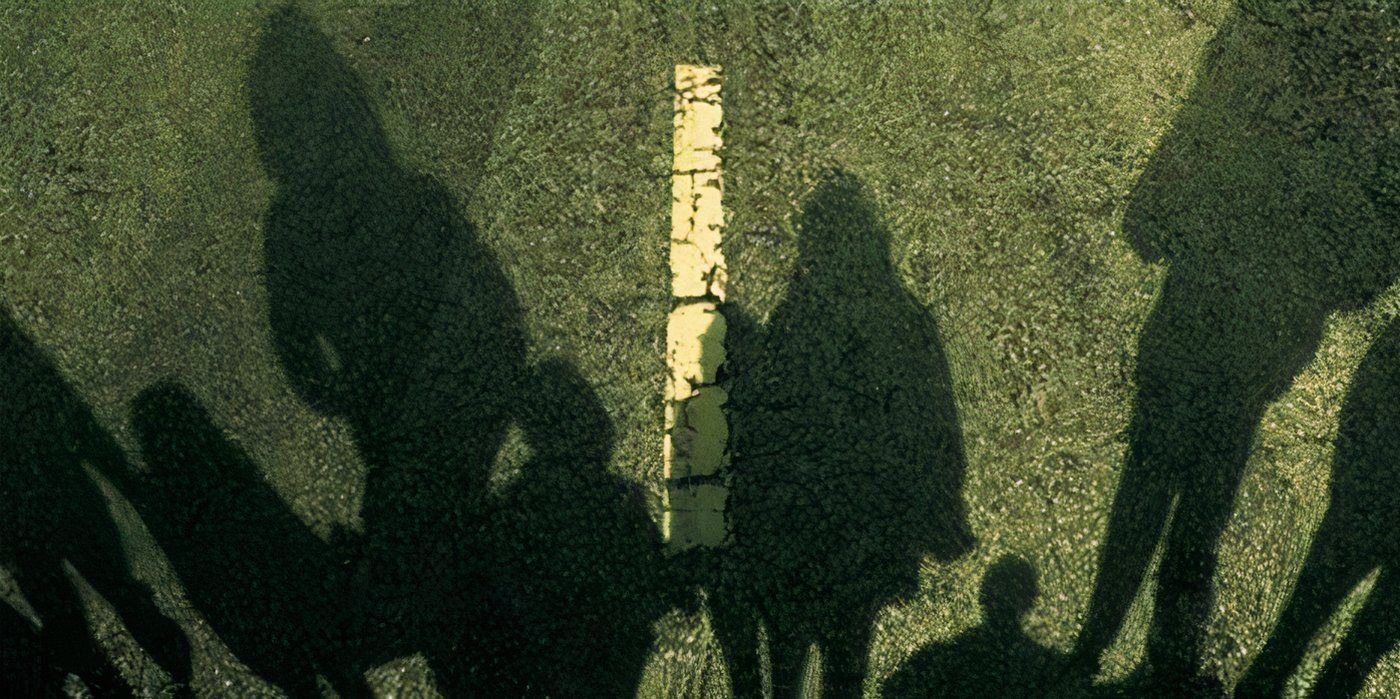



You must be logged in to post a comment.